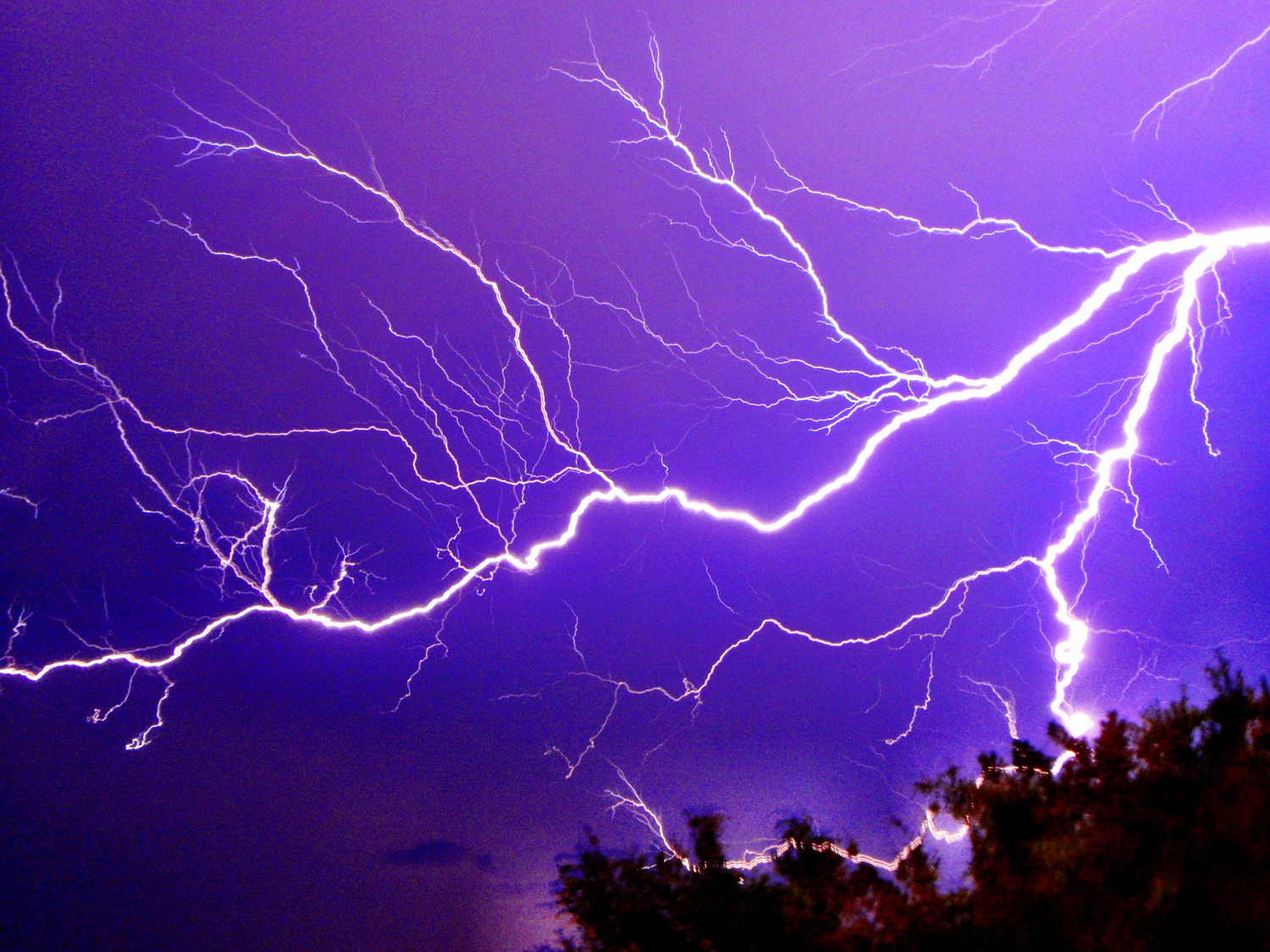The Internet is constantly evolving around the world. The speed at which it’s evolving, however, is an entirely different story. It’s this evolution that has proven to be one of the more interesting things to watch as world moves towards faster Internet and new technologies like IPv6.
According to USENET newsgroups, broadband and mobile Internet speeds are slowly and steadily increasing increasingly across the world, according to the latest findings of Akamai’s State of the Internet Report for the second quarter of 2012. The Cambridge, Mass.-based Internet services company collects the data from its vast global network.
Some key findings from the report:
- The global average connection speed increased 13 percent to 3.0 Mbps from the first to second quarters of 2012, continuing a trend of strong growth.
- South Korea continued to have the highest average connection speed at 14.2 Mbps for the quarter.
- Japan was second at 10.7 Mbps and Hong Kong was third at 8.9 Mbps.
- Among top countries ranked by average measured connection speed, Japan experienced largest year-over-year percentage growth (21 percent)
- Year-over-year trends remained generally positive, with global average connection speeds increasing by 15 percent, including growth in seven out of the top 10 countries.
- The global average peak connection speed grew 44 percent year over year, including increases of 10 percent or more across all of the top 10 countries.
- The global average peak connection speed one again showed strong improvement, growing 19 percent in the second quarter to 16.1 Mbps.
- Worldwide, 126 countries saw increases, six of which grew in excess of 100 percent between the second quarters of 2011 and 2012. In contrast, only eight countries saw year-over-year declines.
The global average connection speed increased 13 percent to 3.0 Mbps from the first to second quarters of 2012, continuing a trend of strong growth. South Korea continued to have the highest average connection speed at 14.2 Mbps for the quarter. Japan was second at 10.7 Mbps and Hong Kong was third at 8.9 Mbps.
Only two of the top 10 countries saw an increase in average connection speed during the second quarter, with Switzerland and the Czech Republic rising 4.0 percent to 8.4 Mbps and 0.7 percent to 7.2 Mbps, respectively. The remaining eight countries experienced declines ranging between 0.5 percent in Denmark to 9.8 percent in South Korea.
The most significant quarter-over-quarter increase in average connection speed was in Kenya, which rose 227 percent to 1.8 Mbps. The most dramatic decline occurred in Cote D’Ivoire, where the average connection speed dropped 29 percent to 0.4 Mbps.
Year-over-year trends remained generally positive, with global average connection speeds increasing by 15 percent, including growth in seven out of the top 10 countries.
The global average peak connection speed grew 44 percent year over year, including increases of 10 percent or more across all of the top 10 countries. Worldwide, 126 countries saw increases, six of which grew in excess of 100 percent between the second quarters of 2011 and 2012. In contrast, only eight countries saw year-over-year declines.




